Have you ever watched your dog scratch relentlessly, paw at their face, or suffer from upset stomachs, and felt utterly helpless?
As pet parents, it’s heartbreaking to see our furry friends in discomfort, especially when traditional store-bought food seems to make things worse. If your dog is anything like mine, you've probably noticed how food allergies can cause them so much distress—itchy skin, irritated ears, or even digestive problems.
Hi, I’m Sophia, and this is my Labrador, Max. For a long time, Max’s food allergies were a constant battle. He would suffer from itchy patches, gas, and stomach issues that no amount of vet visits or allergy treatments could fix. After countless trips to the vet, I realized something: It wasn’t just about finding the right medication; it was about changing his diet.
That’s when I discovered the magic of homemade dog food for allergies—and it changed Max’s life. He’s no longer scratching all day or feeling miserable after meals. Instead, he’s healthier, happier, and full of energy.
In this article, I’m going to share how homemade dog food for allergies can make a huge difference for your pup too. Whether you’re struggling with food sensitivities, or just looking for a healthier option for your dog, this guide is packed with practical tips, easy recipes, and answers to your most pressing questions.
Get ready to learn how to make simple, allergy-friendly meals that will leave your dog wagging their tail with joy!
Why Homemade Dog Food for Allergies?
As a dog mom, there's nothing worse than seeing your beloved pet, Max, suffer. For months, we were in and out of the vet’s office, trying different treatments and medications to manage Max’s food allergies. We’d tried every commercial dog food brand under the sun, but the same issues kept cropping up—itchy skin, upset stomachs, and constant discomfort. It wasn’t just Max’s health that was affected, but also my peace of mind. I was desperate for a solution, and that’s when I realized the answer could be simpler than I thought—homemade dog food for allergies.
The Problem with Commercial Dog Food
Most commercial dog foods are packed with common allergens that can trigger reactions in sensitive pups like Max. Ingredients like beef, chicken, wheat, soy, and artificial additives can cause a range of symptoms—from itchy skin and ear infections to digestive issues and lethargy. These allergens are often hidden in processed dog food, making it difficult to identify and avoid them. I didn’t want to keep playing Russian roulette with Max’s health, and after a lot of research, I decided to take matters into my own hands.
Benefits of Homemade Dog Food
When I began preparing homemade dog food for allergies, I was immediately struck by how much control I had over Max's diet. I could choose every ingredient, knowing it would be free from hidden allergens. For the first time, I felt confident that the food I was giving Max wasn’t causing him any harm. Homemade food meant I could easily eliminate ingredients like beef and chicken, which were triggering his reactions. Plus, fresh, wholesome ingredients like turkey, sweet potatoes, and spinach gave Max the nutrition he needed to thrive.
The transformation in Max was incredible. His fur grew shinier, his energy levels soared, and those stubborn hot spots and rashes slowly began to heal. But beyond the health benefits, it was the emotional connection I felt with Max that truly touched me. Cooking for him wasn’t just about feeding him—it became a way to show him how much I cared. Every meal I prepared made me feel like I was doing everything in my power to give him a better life.
Key Ingredients for Allergy-Friendly Dog Food
If you’re considering switching to homemade dog food for allergies, it’s essential to know which ingredients will nourish your pup without triggering any allergic reactions. Here are some of my go-to ingredients that Max loves, and they’ve been kind to his sensitive system.
Safe Proteins
When it comes to proteins, it’s important to choose hypoallergenic options that won’t cause reactions. Max thrived on alternative proteins like turkey, lamb, and salmon. These proteins are less likely to cause allergies compared to more common options like chicken or beef. Venison is another great choice—it's lean, nutrient-rich, and gentle on your dog's tummy. These protein sources are easy to digest and provide essential amino acids to support your dog’s muscle health and overall vitality.
Hypoallergenic Carbs
Many commercial dog foods contain grains like wheat and corn, which can be difficult for dogs with allergies to digest. For Max, I found that sweet potatoes and quinoa were perfect alternatives. They’re rich in fiber and provide a slow-burning source of energy without causing irritation. Pumpkin is another fantastic hypoallergenic carb, especially for dogs with sensitive stomachs—it helps regulate digestion and adds a nice dose of vitamins to their diet.
Healthy Fats
Healthy fats are essential for your dog’s coat and overall health, and they can also help to soothe inflamed skin. Olive oil, flaxseed oil, and coconut oil are excellent sources of omega fatty acids. These oils can support Max's skin health and keep his fur shiny and soft. A little goes a long way, and incorporating these oils into homemade dog food for allergies ensures your dog gets the nourishment they need without the allergens found in processed foods.
Veggies and Add-Ins
Adding fresh vegetables to your dog's food can provide extra vitamins, minerals, and antioxidants. Green beans, carrots, and peas are excellent vegetable options for dogs with food allergies, as they’re rich in nutrients but gentle on the stomach. I also love adding fresh parsley to Max’s meals—it's a great natural breath freshener and has anti-inflammatory properties.
What to Avoid
While homemade dog food for allergies can offer so many benefits, there are also ingredients you should steer clear of. Some foods, while healthy for humans, can be toxic to dogs. Onions and garlic, for example, are harmful to dogs and should never be included in their meals. Grapes and raisins can cause kidney failure in some dogs, so it’s best to avoid them at all costs. Always double-check ingredients before cooking for your pup to ensure everything is safe and nutritious.
Switching to homemade dog food for allergies was the best decision I ever made for Max, and I’m confident it can help your dog too. By carefully selecting the right ingredients and avoiding allergens, you can give your dog the healthiest, happiest life possible.
Homemade Dog Food Recipes for Allergies
Here are three simple, vet-approved recipes that worked wonders for Max. Always consult your vet before making dietary changes for your dog.
1. Turkey and Sweet Potato Delight
Great for dogs allergic to chicken or beef.

Ingredients:
- 1 lb ground turkey (lean)
- 1 cup cooked sweet potatoes (mashed)
- 1 cup green beans (steamed and chopped)
- 1 tbsp olive oil (for healthy fats)
- 1 tsp dried parsley (optional, for fresh breath)
Instructions:
- Cook the ground turkey in a skillet until fully browned.
- Steam the sweet potatoes and green beans until soft.
- Mix all ingredients in a large bowl and let cool.
- Serve in portions appropriate for your dog’s size.
Max’s Verdict: He licks the bowl clean every time!
2. Salmon and Quinoa Sensation
Perfect for dogs with sensitive skin and grain allergies.
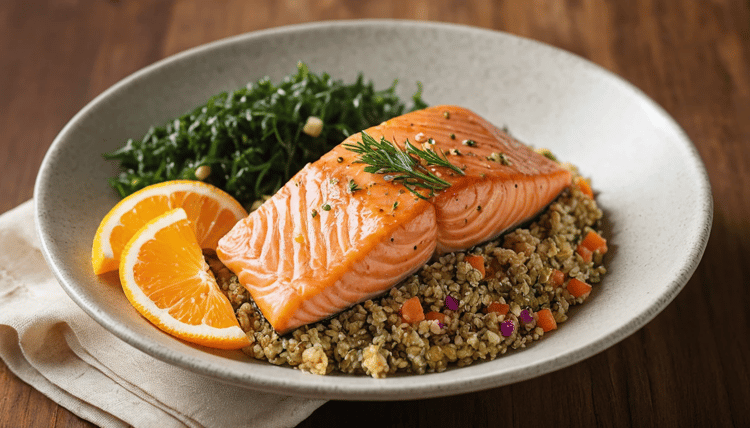
Ingredients:
- 1 cup cooked salmon (deboned and flaked)
- 1/2 cup cooked quinoa
- 1/2 cup carrots (steamed and mashed)
- 1 tbsp flaxseed oil (for omega-3s)
Instructions:
- Cook the salmon and remove all bones.
- Prepare quinoa according to package instructions.
- Steam the carrots until tender and mash them.
- Combine all ingredients and drizzle with flaxseed oil.
Max’s Verdict: The omega-3s have done wonders for his coat!
3. Lamb and Pumpkin Feast
Ideal for dogs with multiple food sensitivities.

Ingredients:
- 1 lb ground lamb
- 1 cup canned pumpkin (unsweetened)
- 1/2 cup peas (steamed)
- 1 tbsp coconut oil (for digestion)
Instructions:
- Brown the ground lamb in a skillet.
- Mix in the pumpkin and steamed peas.
- Add coconut oil and stir well.
- Let cool before serving.
Max’s Verdict: He loves the rich flavor, and his tummy has never been happier!
Tips for Transitioning to Homemade Dog Food
Transitioning to homemade dog food for allergies doesn’t happen overnight, and that’s okay. I learned this firsthand when I made the switch for Max. At first, he was hesitant to try new food, and his tummy needed some time to adjust. The good news? You can make this transition smoother for both you and your pup with a few key steps.
Gradual Transition
The most important thing is to start slow. Max’s digestive system was sensitive to sudden changes, and a quick switch could have upset his stomach. I mixed his new homemade dog food for allergies with his regular food, gradually increasing the amount of homemade food over the course of a week or two. This method allowed Max’s gut to adjust without causing too much stress. So, if you’re making the switch, begin by adding a small amount of homemade food to your dog’s current diet and increase it slowly until you’re fully transitioned.
Portion Control
When I first started making homemade dog food for Max, I wasn’t sure how much to feed him. It’s essential to find the right serving size to keep your dog healthy and maintain a balanced weight. Generally, the portion size depends on your dog’s age, weight, and activity level. Max, being an active lab, needed more calories than a couch potato dog would. To make sure I was giving him the right amount, I followed the guidelines on homemade dog food recipes and adjusted based on his condition. Your vet can also help you fine-tune portion control for your dog’s specific needs.
Storage Tips
Homemade dog food can be a time-saver if you make big batches and store them for later. I love batch cooking Max’s meals and storing them in the freezer. Simply prepare the food, divide it into portions, and freeze it in airtight containers or freezer bags. When Max needs a meal, I can just pull out a portion, thaw it in the fridge overnight, and serve it the next day. It’s convenient, fresh, and saves me from having to cook every single day.
Consulting a Vet
While homemade dog food for allergies can be amazing, it’s important to consult with your vet. This was something I didn’t realize at first, but working with a vet helped me ensure that Max’s homemade meals were nutritionally balanced. They can help guide you on the right proportions of protein, carbs, and fats, as well as recommend any necessary supplements to keep your dog’s diet complete.
Switching to homemade dog food for allergies was a life-changing decision for both Max and me. Not only did it help him feel better, but it also deepened the bond we share. Watching Max thrive on meals I’ve made with my own hands fills my heart with so much joy and pride.
Now, I encourage you to take the next step and try one of the allergy-friendly recipes I’ve shared in this article. And if you’re ready to embark on this journey, I’d love to support you in my free 30-day Homemade Dog Food Challenge. It’s a fun, step-by-step guide to help you get started with homemade meals for your dog.
For even more recipes and tips, check out my book, Special Paws, Special Meals: Delicious and Nutritious Recipes for Dogs with Special Needs. It’s packed with easy-to-follow recipes and guidance to help you care for your pup’s unique needs.
Additionally, I’ve found some great products that can help with allergies or preparing homemade dog food. Consider allergy-friendly dog food toppers, supplements like Omega-3 fatty acids, and kitchen tools like a food processor for easy meal prep.
Your dog deserves the best, and making the switch to homemade food can make all the difference in their health and happiness. I can’t wait to hear how your dog’s journey to better health begins!
FAQ About Homemade Dog Food for Allergies
How do I know if my dog has food allergies?
If your dog suffers from recurring ear infections, itchy skin, digestive problems, or chronic paw licking, they may have food allergies. To confirm, it’s a good idea to consult your vet, who can recommend an elimination diet to pinpoint the exact allergens.
Can I use raw ingredients in homemade dog food?
Some people choose to feed their dogs a raw diet, but I found that cooking Max’s food was the best option for his health, especially considering his allergies. Cooking helps eliminate harmful bacteria and ensures that the food is safe for him to eat. If you’re interested in raw feeding, consult with your vet to ensure it's appropriate for your dog.
Are supplements necessary for homemade dog food?
In some cases, yes. While fresh ingredients are packed with nutrition, some dogs, like Max, may require extra vitamins and minerals. You can find dog-specific supplements to fill in any nutritional gaps, but always check with your vet before adding any to your dog’s diet.
How long does homemade dog food last in the fridge?
Homemade dog food can typically last in the fridge for about 3-4 days. If you’re not planning to use it all within that time frame, I highly recommend freezing the food in individual portions to keep it fresh for longer.
Can I use these recipes for puppies or senior dogs?
Absolutely! I’ve tailored my homemade dog food recipes for Max, but they can be adapted to meet the needs of both puppies and senior dogs. Just make sure the portion sizes and ingredient choices are suitable for your dog’s life stage. For puppies, they may need more calories, while senior dogs might need softer foods or added joint support.
Additional Resources
To dive deeper into the world of homemade dog food for allergies, here are some trusted resources that can guide you:
- PetMD: Dog Food Allergies – Food Allergies and Intolerances in Dogs
- PoochWell Blog: Homemade Dog Food Recipes – A collection of safe and healthy dog food recipes to try.
- Pups and Pals: Balancing Homemade Dog Food – How to Create a Balanced Diet for Your Dog: Essential Tips for Optimal Health
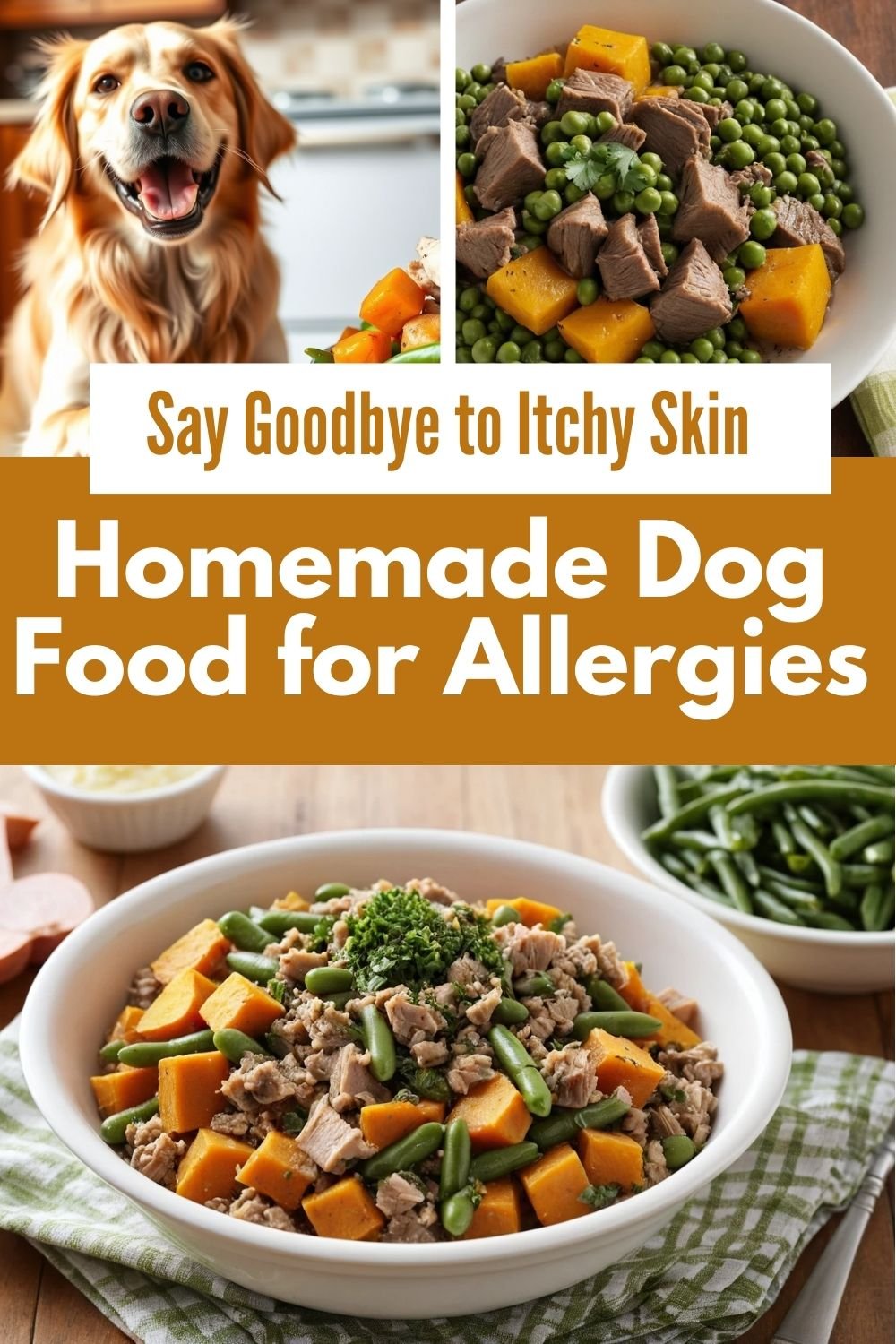





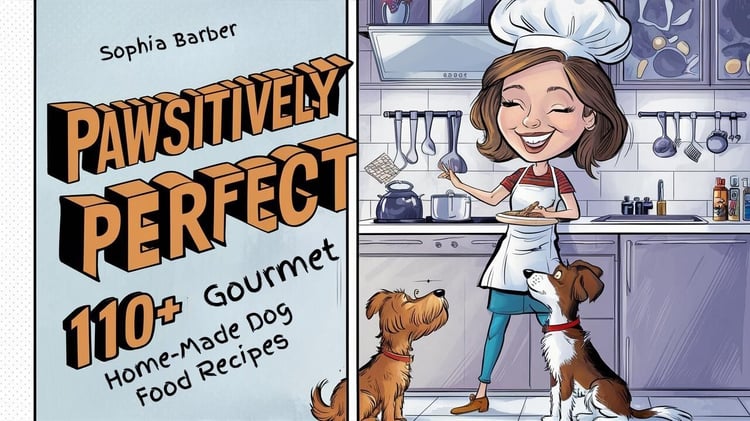


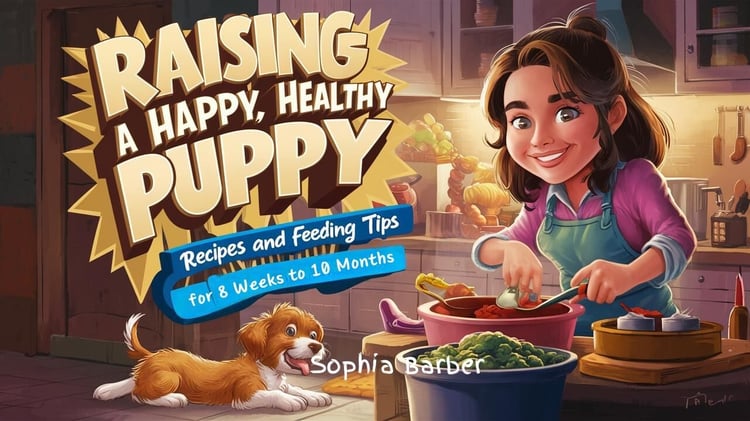
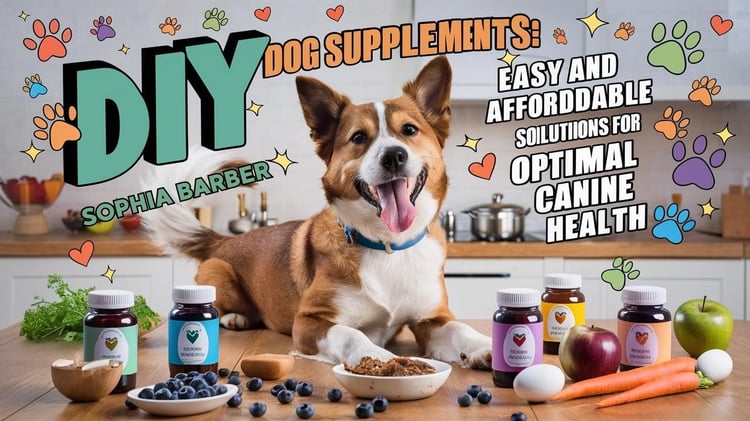

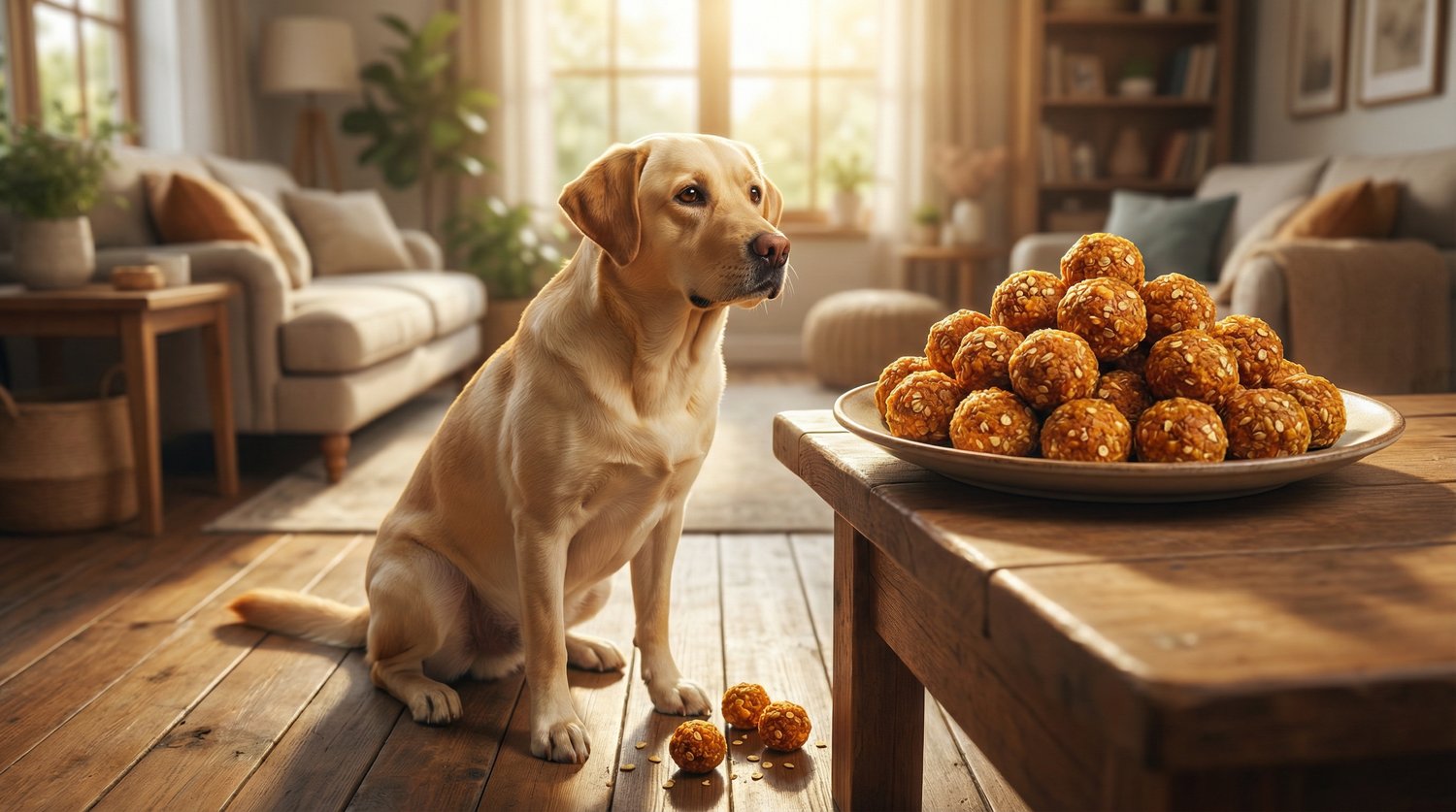

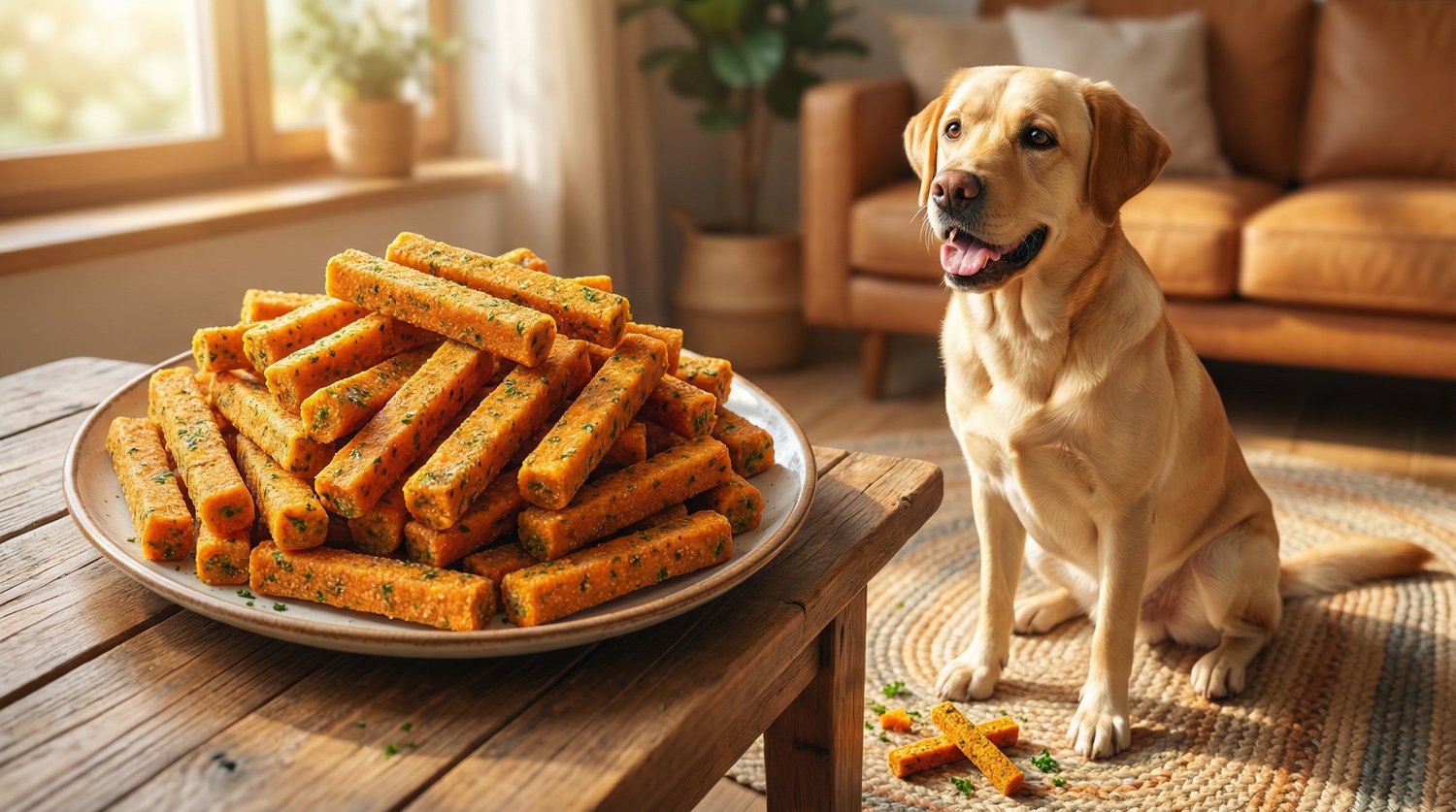
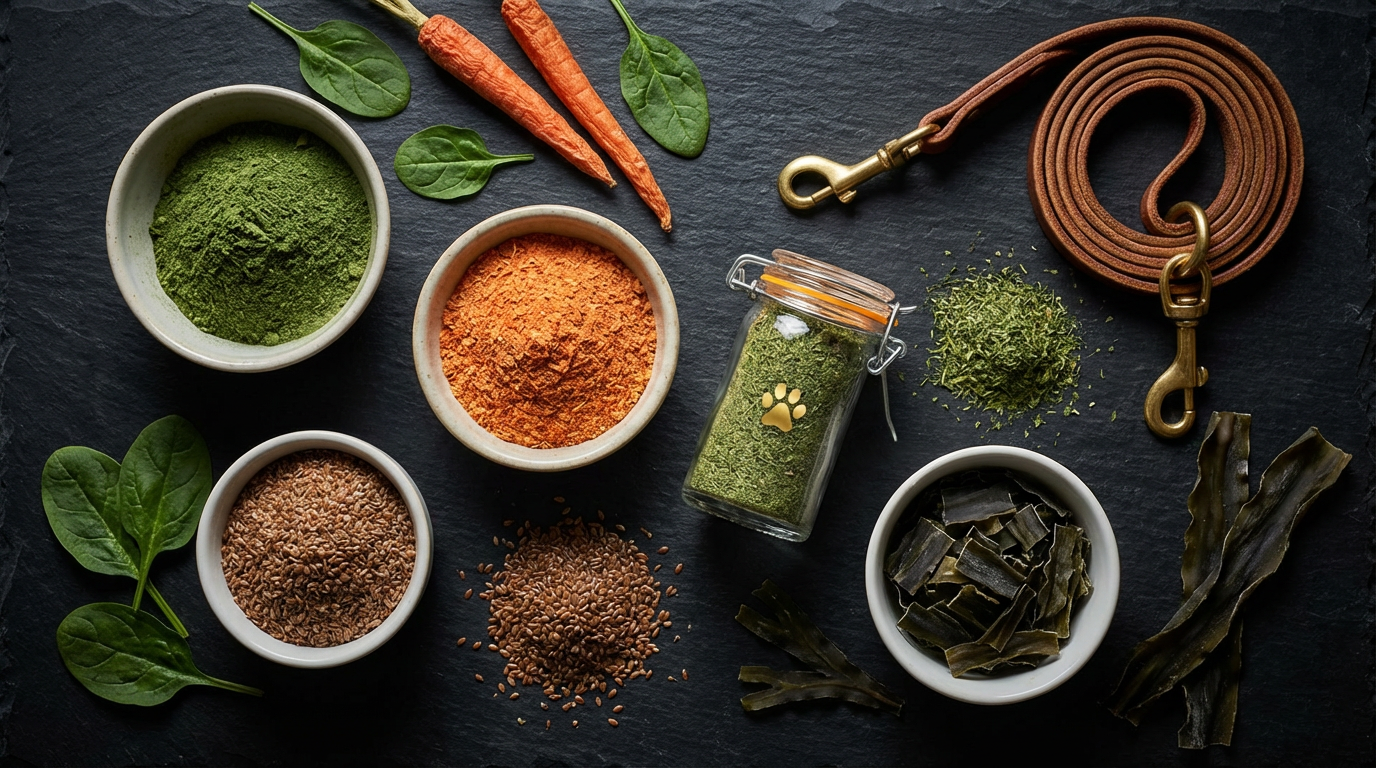

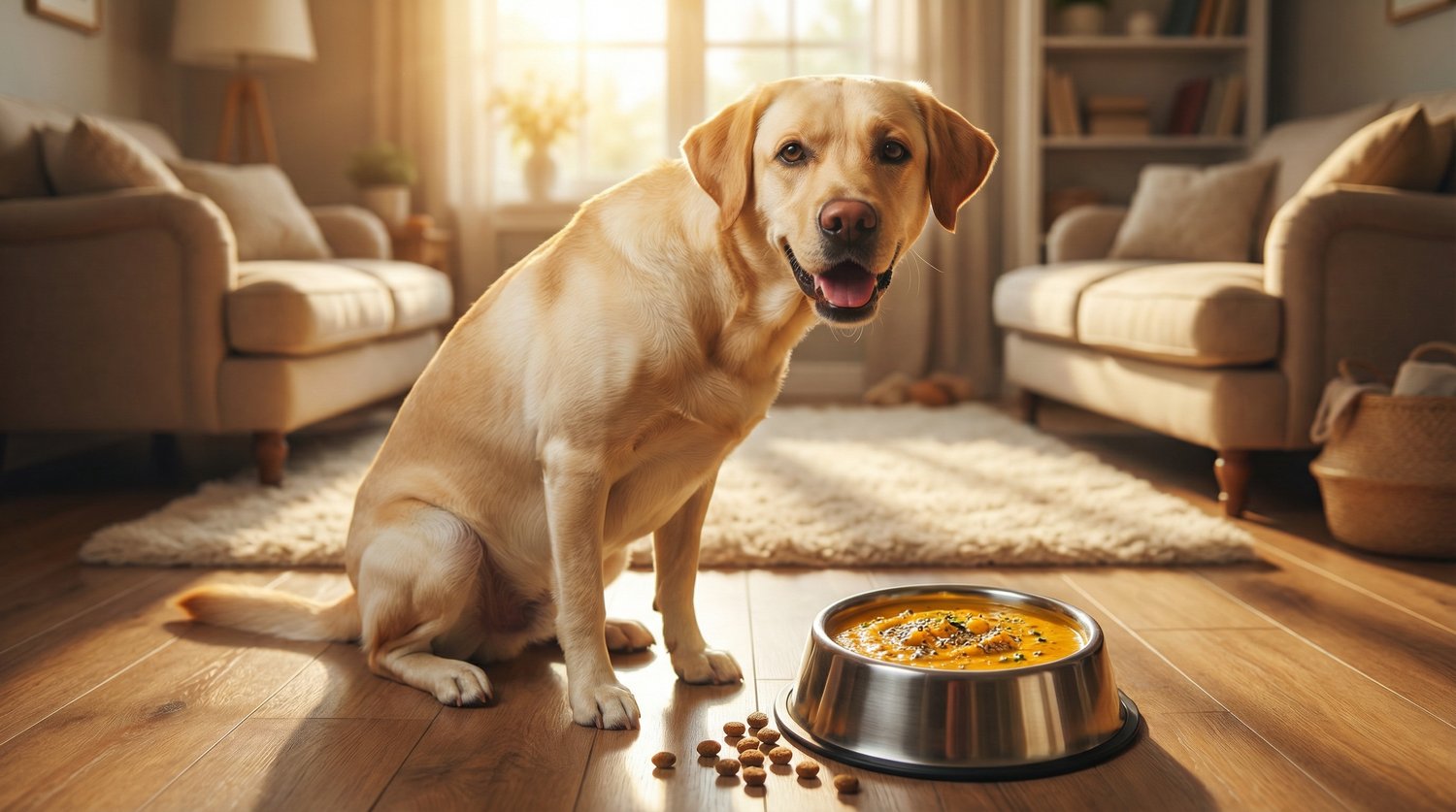
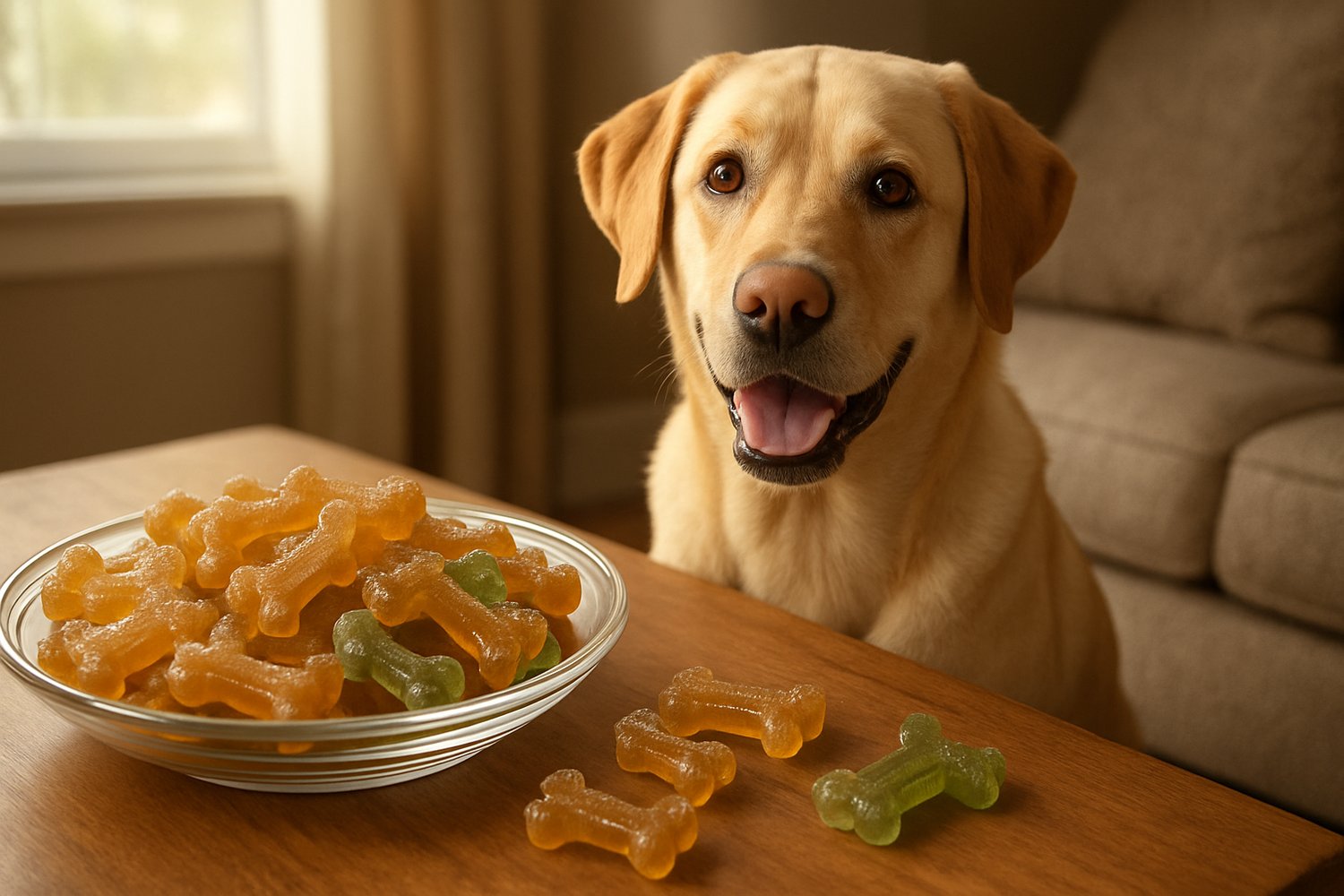





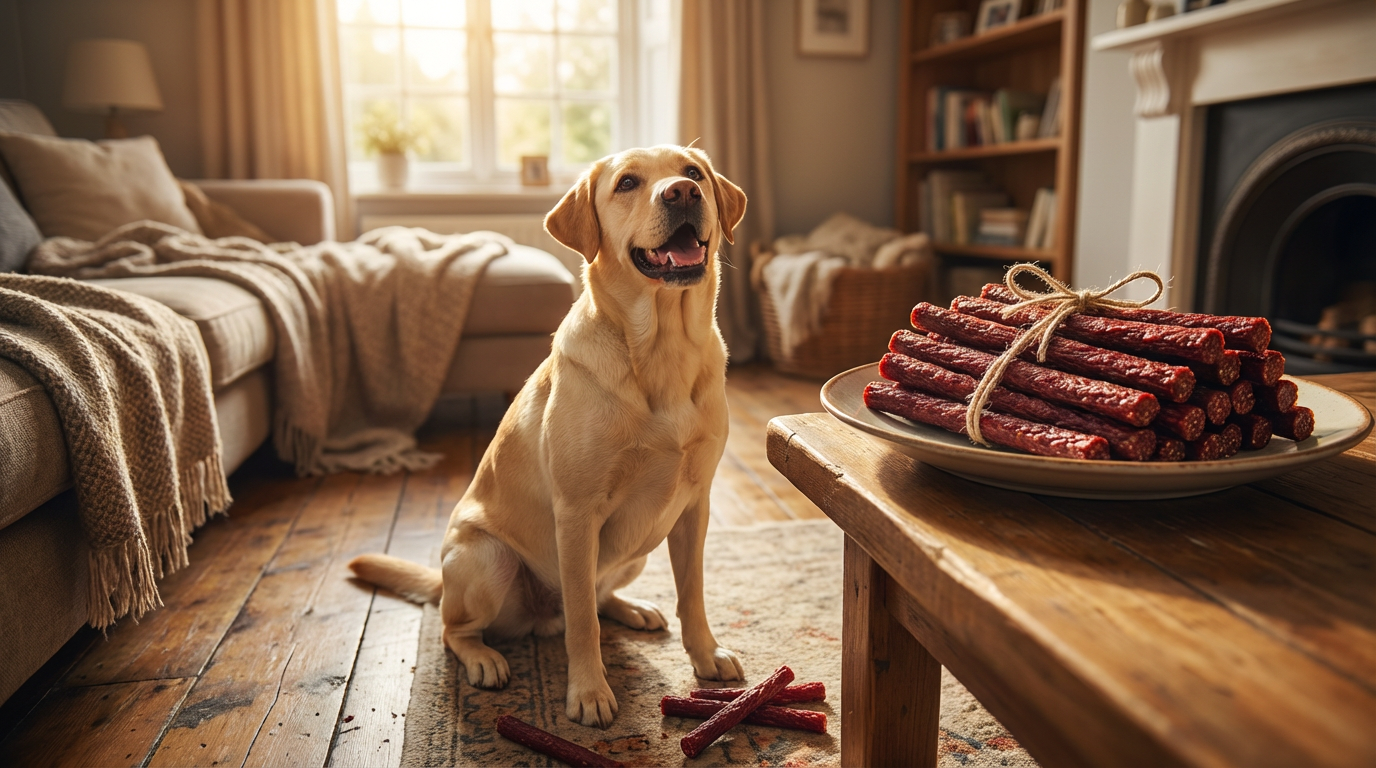
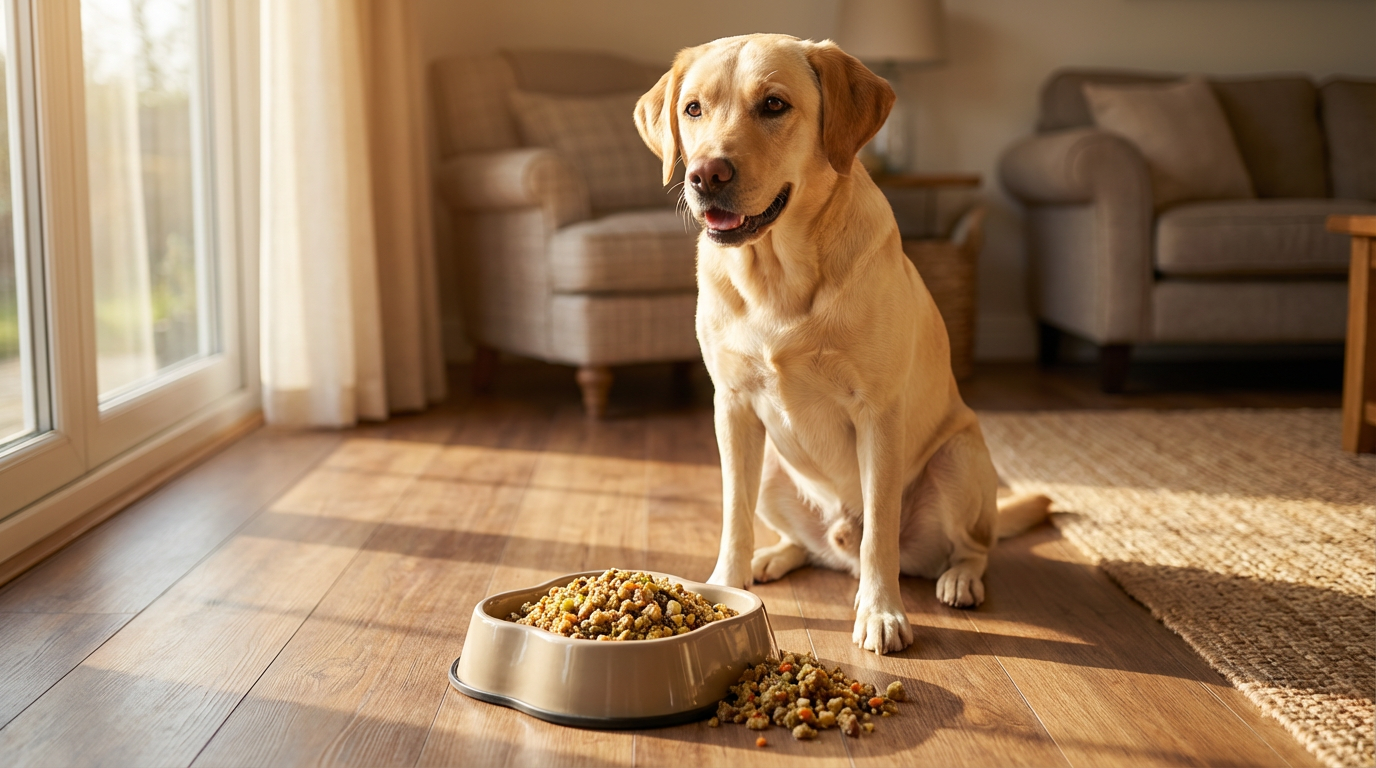

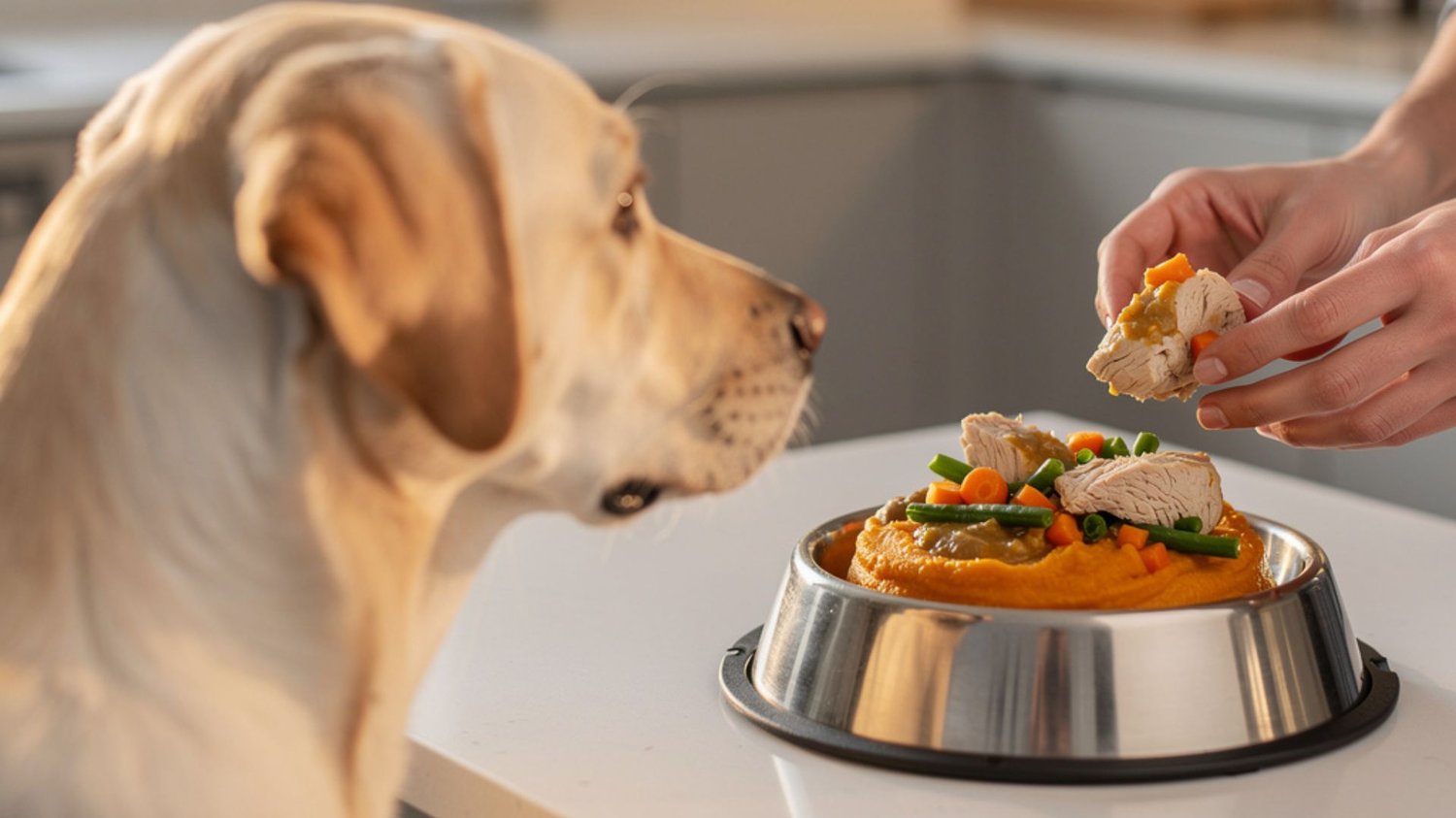
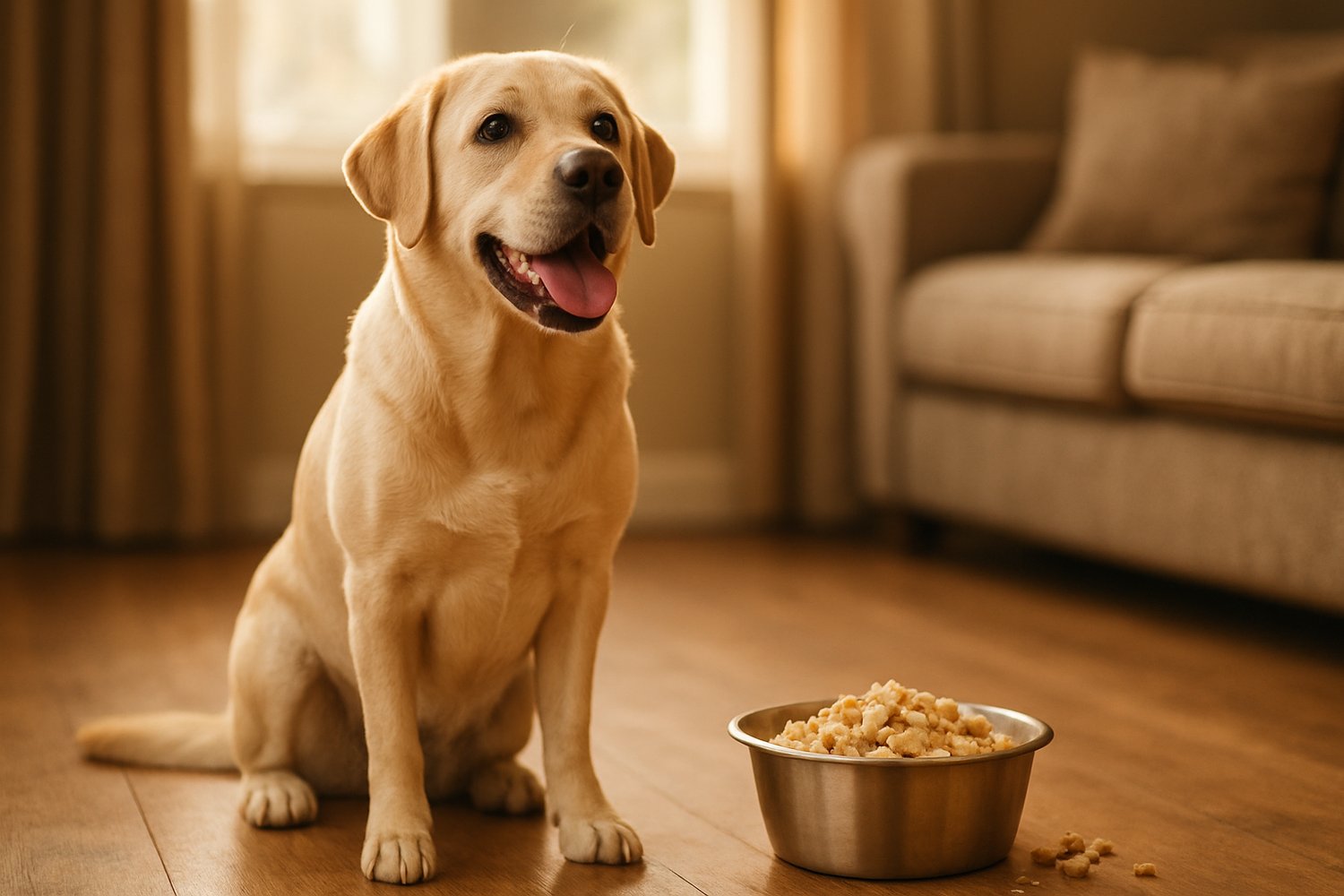
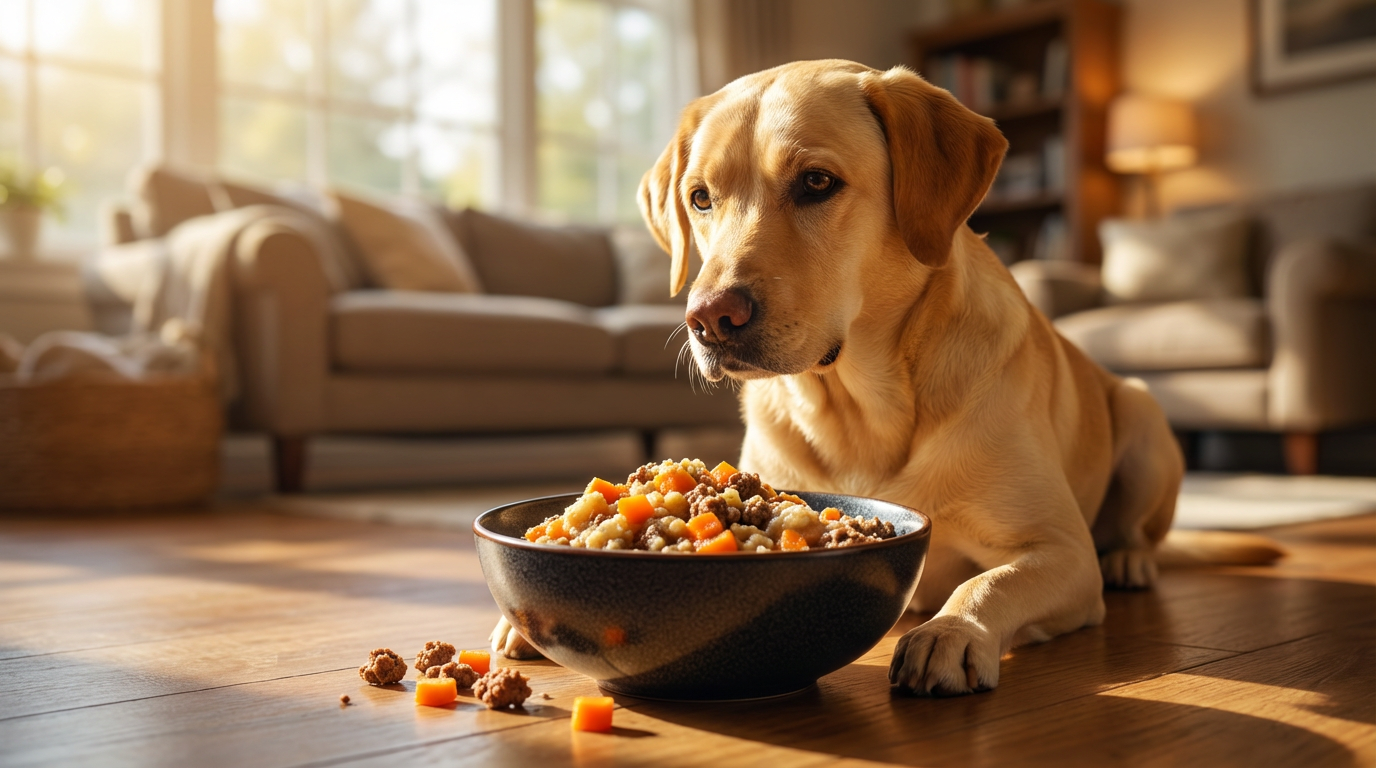
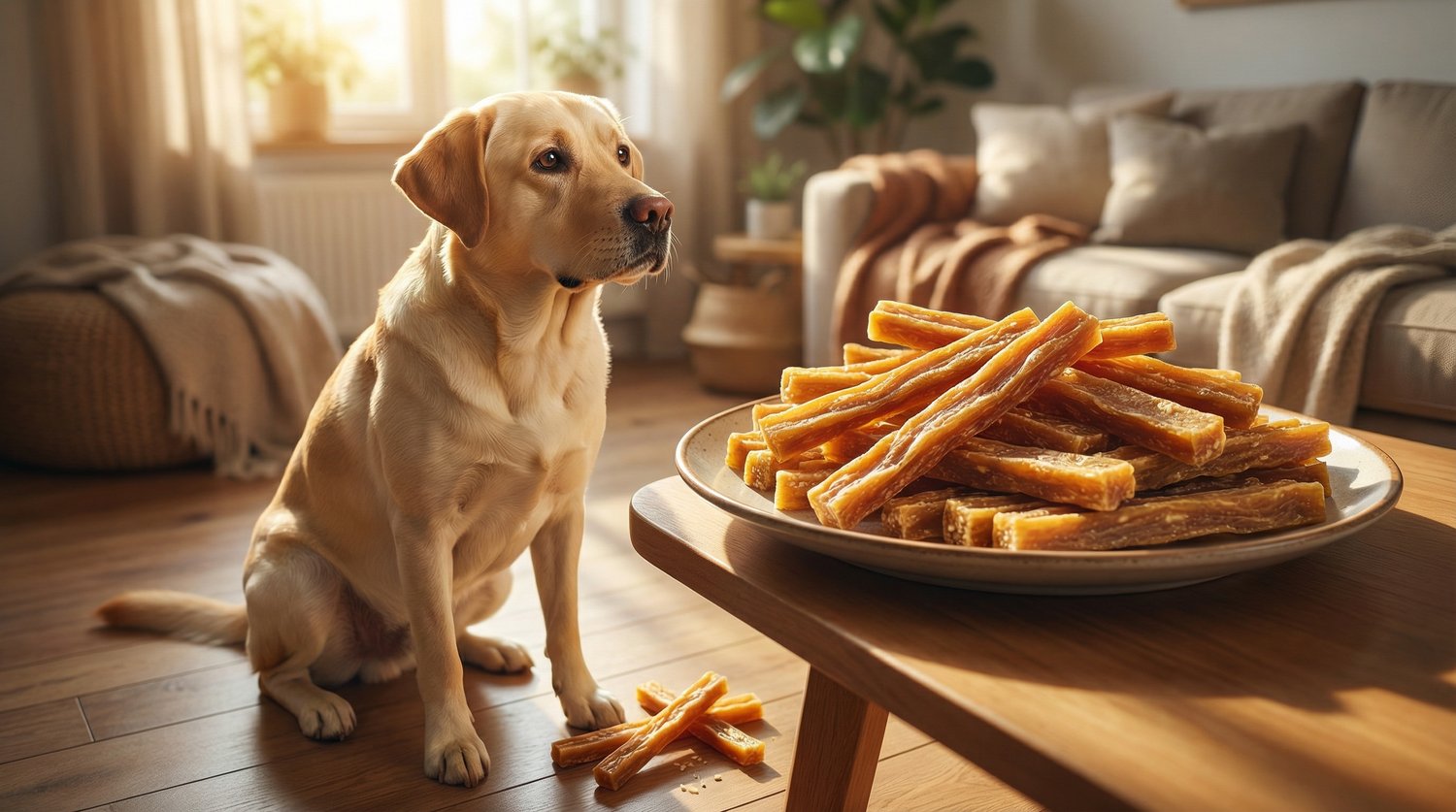


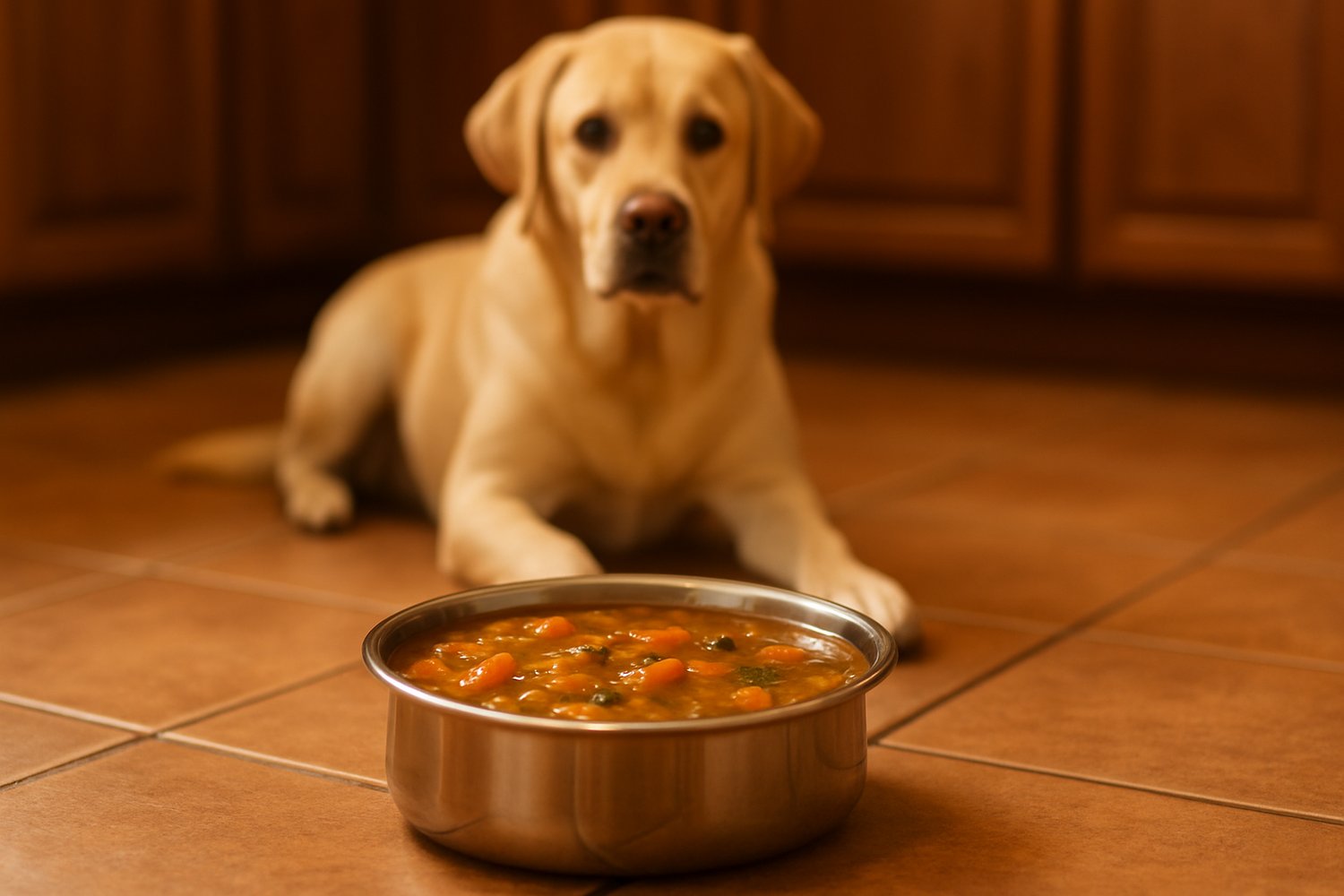

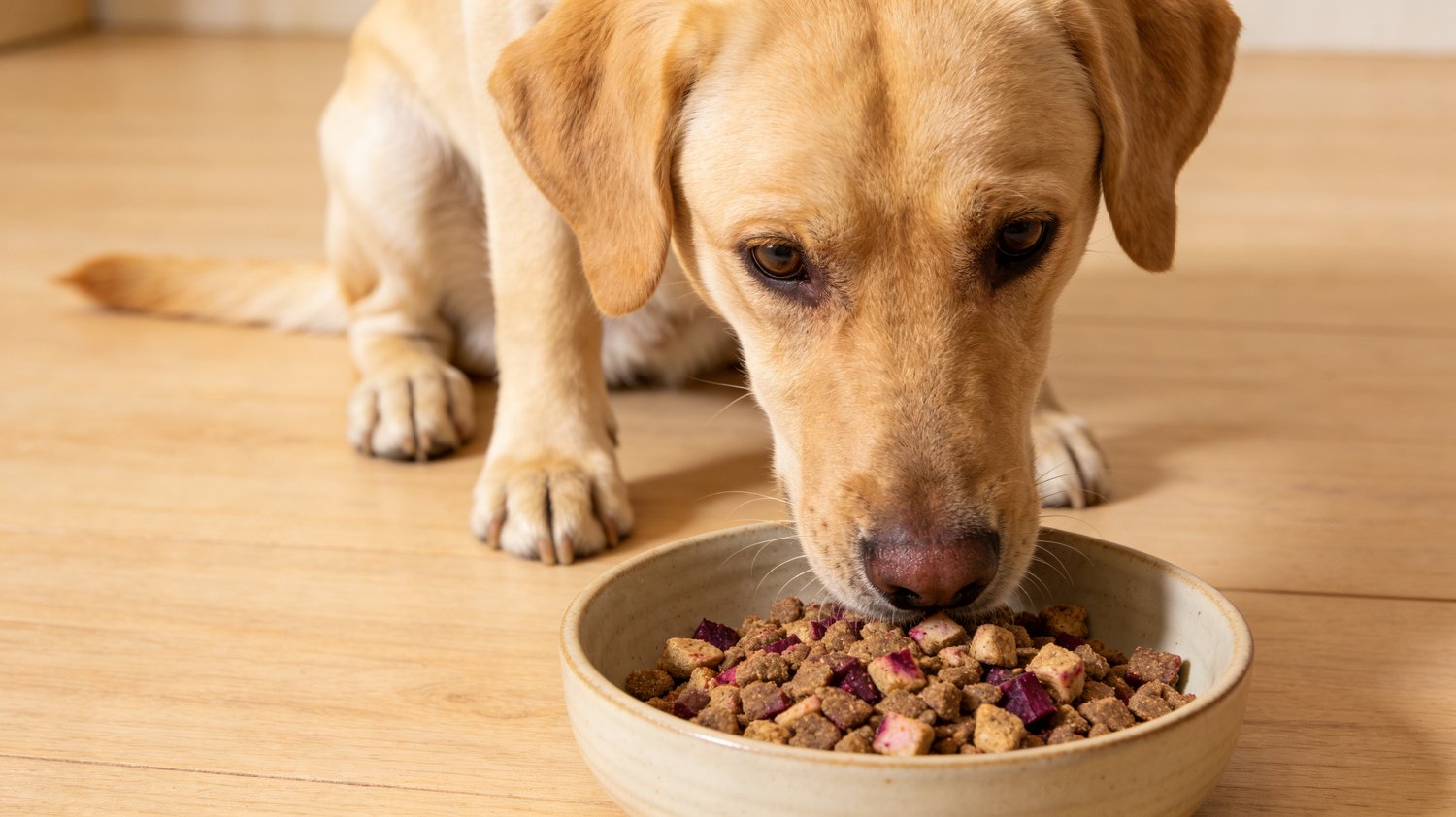
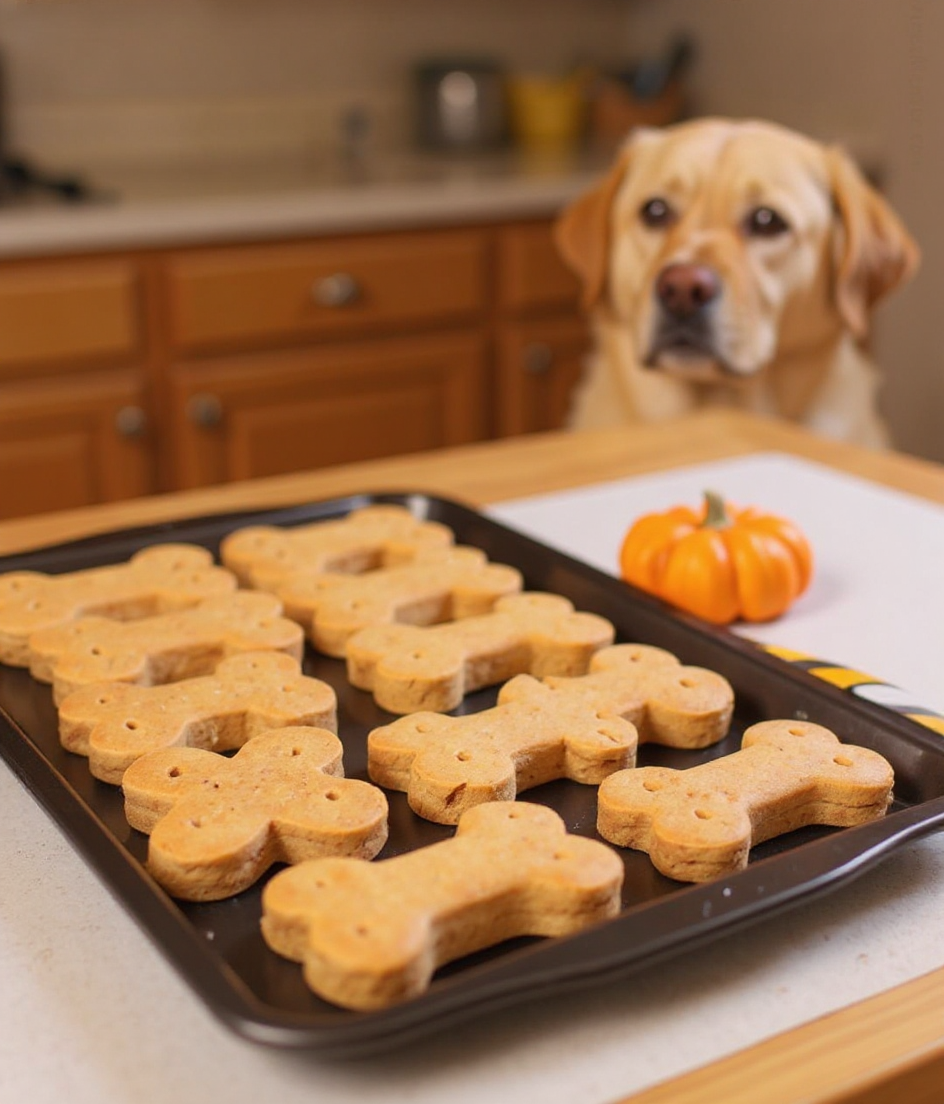


Comments ()